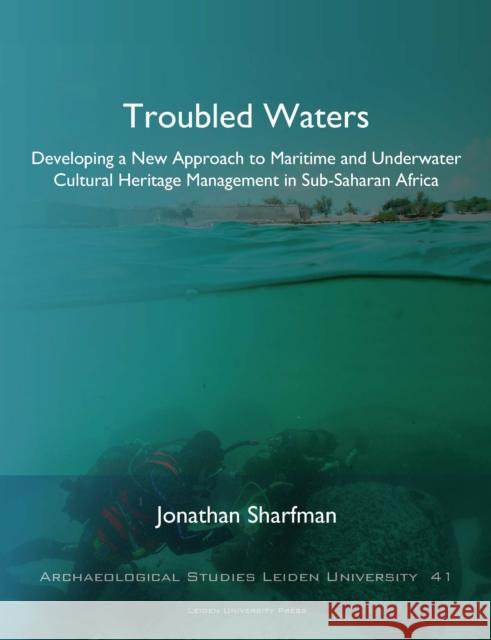Troubled Waters: Developing a New Approach to Maritime and Underwater Cultural Heritage Management in Sub-Saharan Africa » książka
topmenu
Troubled Waters: Developing a New Approach to Maritime and Underwater Cultural Heritage Management in Sub-Saharan Africa
ISBN-13: 9789087283063 / Angielski / Miękka / 2018 / 254 str.
Troubled Waters: Developing a New Approach to Maritime and Underwater Cultural Heritage Management in Sub-Saharan Africa
ISBN-13: 9789087283063 / Angielski / Miękka / 2018 / 254 str.
cena 446,00
(netto: 424,76 VAT: 5%)
Najniższa cena z 30 dni: 226,68
(netto: 424,76 VAT: 5%)
Najniższa cena z 30 dni: 226,68
Termin realizacji zamówienia:
ok. 30 dni roboczych
Bez gwarancji dostawy przed świętami
ok. 30 dni roboczych
Bez gwarancji dostawy przed świętami
Darmowa dostawa!
Kategorie:
Kategorie BISAC:
Wydawca:
Leiden University Press
Seria wydawnicza:
Język:
Angielski
ISBN-13:
9789087283063
Rok wydania:
2018
Dostępne języki:
Numer serii:
000263653
Ilość stron:
254
Waga:
0.75 kg
Wymiary:
27.3 x 21.01 x 1.75
Oprawa:
Miękka
Dodatkowe informacje:
Wydanie ilustrowane











